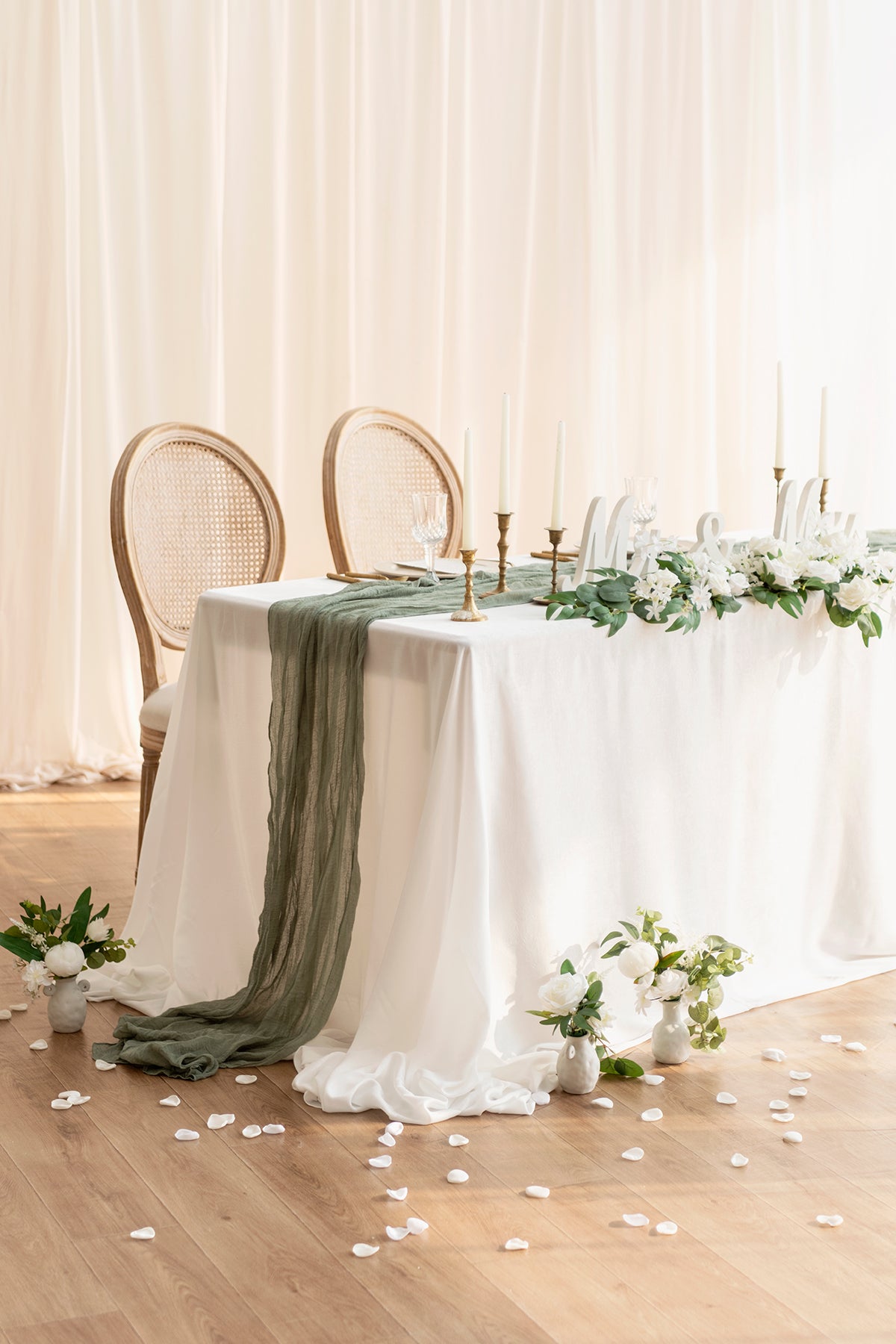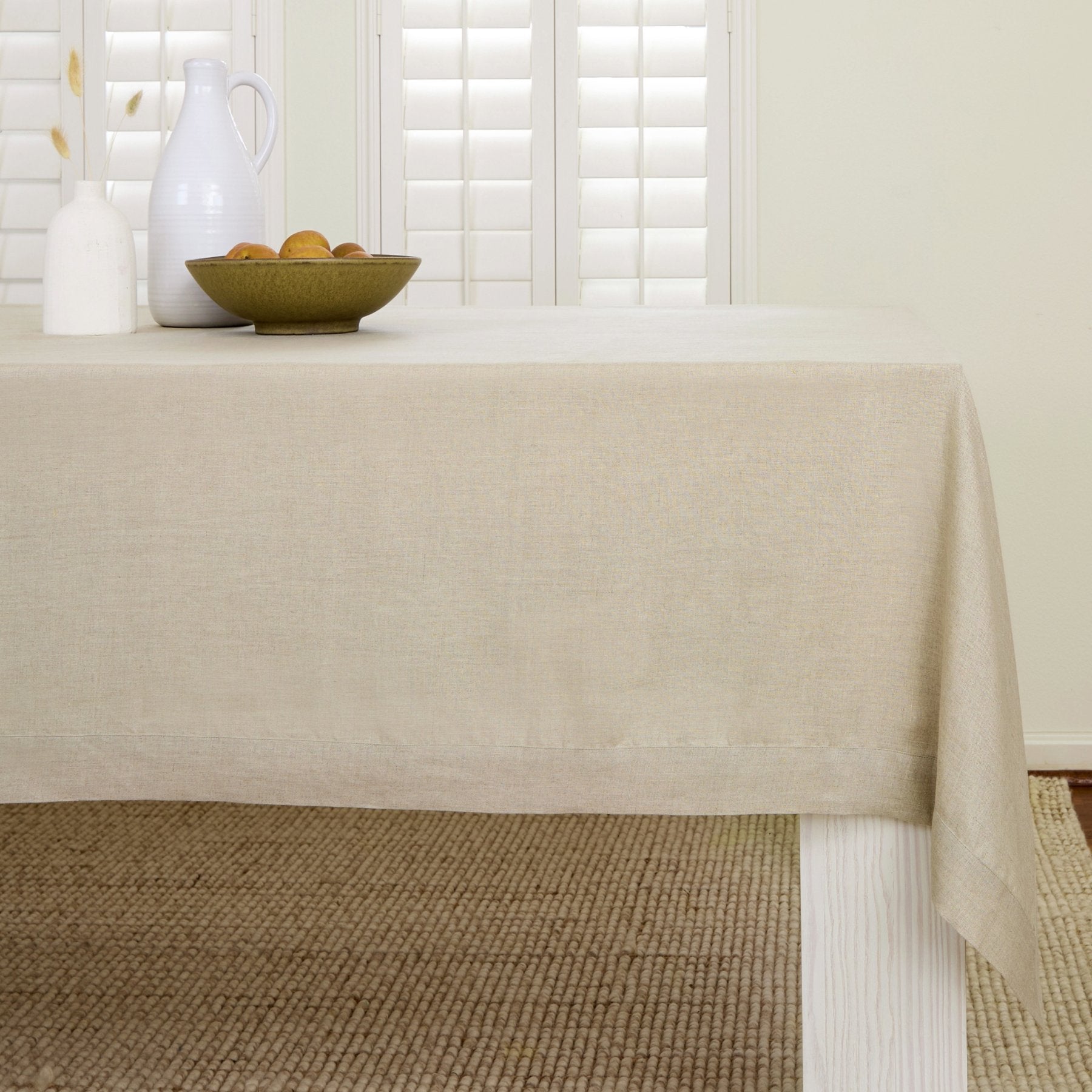Top Quality Flat Sheet Choice: Comfort and Resilience for every single Bed
Linen Fabric Advancements: Discovering Modern Trends and Creative Applications in Layout and Fabric Market
From sustainable production methods to sophisticated weaving modern technologies, the advancement of linen is reshaping the landscape of the textile market. As we delve right into the worlds of innovative design applications and the appearance of bed linen blends and hybrid materials, a new chapter unravels in which linen's role in future fabric developments takes center phase.
Sustainable Practices in Linen Production
Lasting methods in linen production have come to be significantly vital in the fabric industry's initiatives to reduce environmental effect and promote moral sourcing techniques. Bed linen, a natural fiber stemmed from the flax plant, supplies a series of benefits such as breathability, biodegradability, and toughness. Nonetheless, standard approaches of linen manufacturing can involve considerable water consumption, pesticide usage, and energy-intensive procedures.
To deal with these obstacles, many textile suppliers are adopting lasting practices throughout the linen production process. This consists of sourcing flax from natural farms that prevent unsafe pesticides and chemicals, applying water-efficient retting techniques to remove fibers from the flax stalks, and using environmentally friendly dyes and coatings. In addition, some companies are buying renewable resource sources to power their production centers and decreasing waste via recycling and upcycling campaigns.
Technological Developments in Bed Linen Weaving
With the growing emphasis on sustainable techniques in linen production, the textile market is now experiencing a rise in technical innovations specifically intended at revolutionizing the art of linen weaving. These innovations are reshaping the way linen materials are created, using increased efficiency, quality, and imagination in weaving methods.
One of the key technological advancements in linen weaving is the assimilation of electronic looms. These sophisticated looms are equipped with software that permits complex and complicated layouts to be woven with precision. By digitizing the weaving process, producers can accomplish higher uniformity and accuracy in their linen textiles.
In addition, innovations in thread spinning innovation have enabled the production of finer and more sturdy bed linen yarns - table cloths. This results in softer and smoother bed linen materials that retain their quality also after several uses and washes
In addition, the advancement of environmentally friendly dyeing processes and coatings for linen textiles is acquiring traction. These lasting methods not just minimize the environmental influence however also satisfy the raising customer demand for morally produced fabrics.
Creative Style Applications for Bed Linen
Ingenious artistic approaches are significantly shaping the imaginative style applications for bed linen in the textile sector. Designers are pressing the boundaries of traditional bed linen usage, discovering its flexibility in numerous applications. One popular fad is the integration of bed linen in sustainable style lines, where its environment-friendly residential properties are highlighted. Linen's all-natural visual appeal and capacity to mix with other textiles make it a favorite selection for creating unique garments and accessories that provide to the environmentally mindful customer.
Moreover, designers are explore linen in home decoration, using its breathable and durable nature to craft elegant home furnishings such as drapes, bed linens, and furniture. The appearance and drape of bed linen bring a feeling of refinement and convenience to interior spaces, including a touch of style to modern-day homes.

Linen Blends and Crossbreed Fabrics

Hybrid textiles, on the other hand, take the principle of mixing a step better by integrating additional components such as metallic strings, recycled products, or conductive fibers. These ingenious fabrics not just expand the style possibilities yet likewise present practical aspects like conductivity, antimicrobial buildings, or improved durability. Hybrid fabrics are significantly being utilized in numerous industries, consisting of fashion, interior decoration, and technical fabrics, where the demand for multifunctional materials gets on the rise.
Bed linen's Function in Future Fabric Innovations

In the world of future fabric technologies, linen is expected to be a crucial gamer in the growth of advanced functional fabrics. Researchers and designers are exploring methods to boost bed linen's integral qualities through technological advancements, such as incorporating smart textiles, nanotechnology, and performance finishes. These developments aim to raise linen's performance qualities, making it suitable for a wider range of applications, from activewear to protective apparel.
In addition, the mix of bed linen with various other natural or synthetic fibers opens up endless possibilities for creating unique fabrics with unique residential properties and functionalities. By leveraging linen's features and discovering cutting-edge blends, the fabric market is poised to present amazing advancements that accommodate developing consumer demands and sustainability demands.
Final Thought
To conclude, the expedition of sustainable methods, technical innovations, imaginative style applications, linen blends, and its role in future fabric advancements highlight the continuous evolution of bed linen textile in the modern-day design and textile sector. With a focus on innovation and creative thinking, the adaptability and environmentally friendly nature of linen make it a useful material for developers and producers alike, leading the method for further growths and developments in the area of fabrics.
As we dig right into the realms of imaginative style applications and the appearance of linen blends and crossbreed fabrics, a brand-new chapter unfolds in which linen's role in future textile innovations takes facility phase.
Checking read this article out the combination of linen with various other textiles has led to the appearance of innovative blends and crossbreed fabrics in the contemporary textile market. Linen blends offer an unique mix of the features of linen with those of other fibers, resulting in textiles that possess improved residential or commercial properties such as boosted durability, enhanced draping, and lowered wrinkling.The weblink evolution of linen blends and hybrid fabrics has actually established the stage for Bed linen to play an essential role in driving future fabric advancements.In the world of future fabric innovations, linen is expected to be a crucial gamer in the growth of advanced functional fabrics.